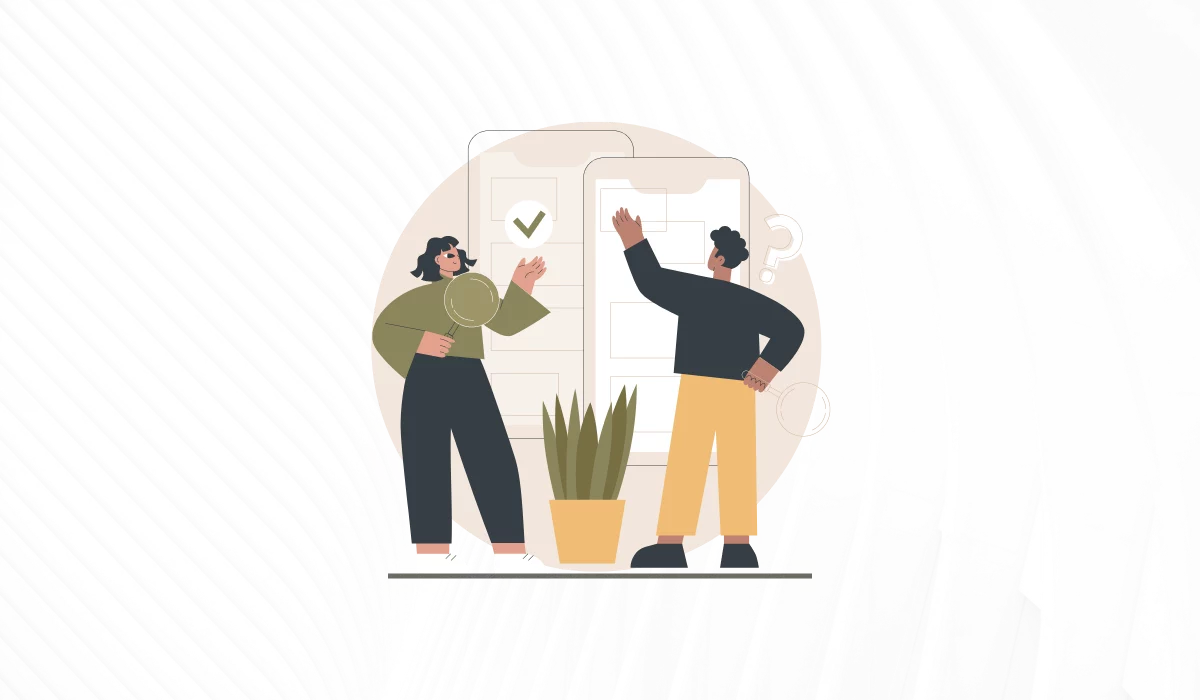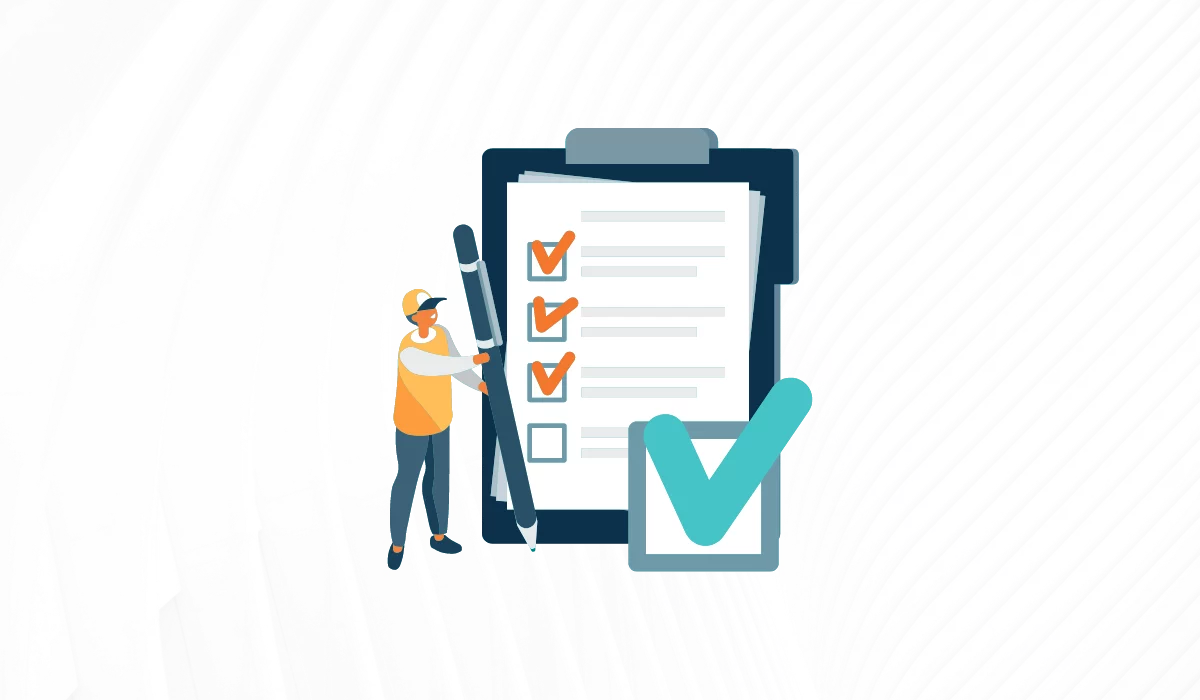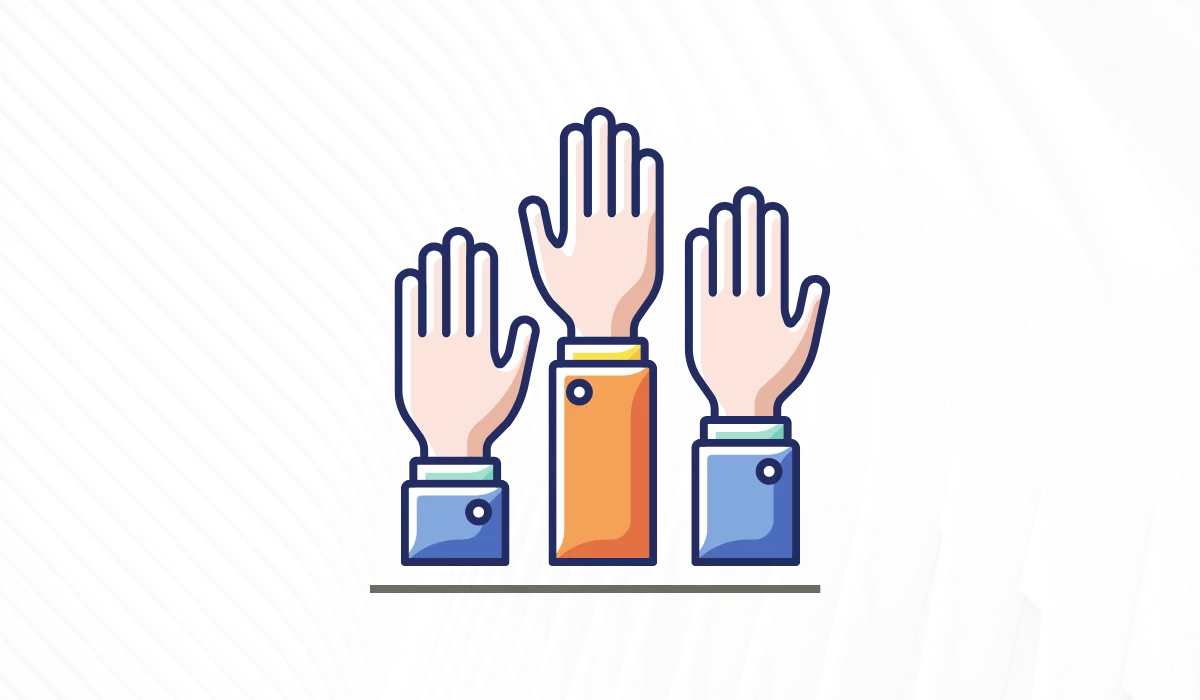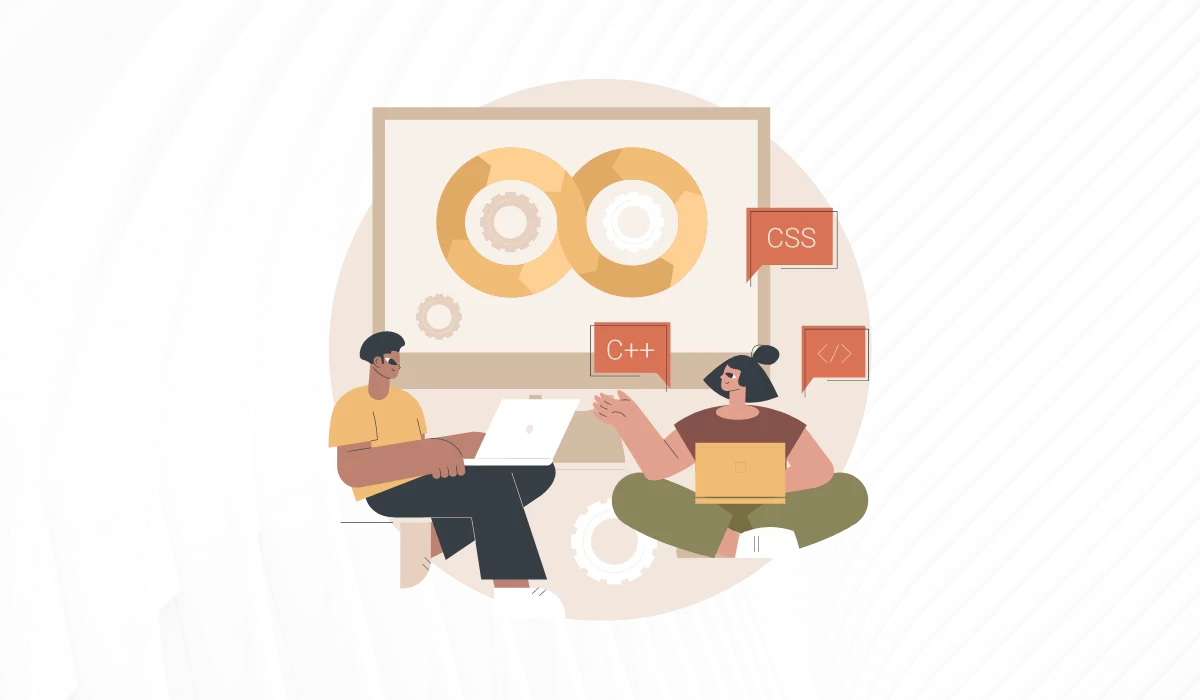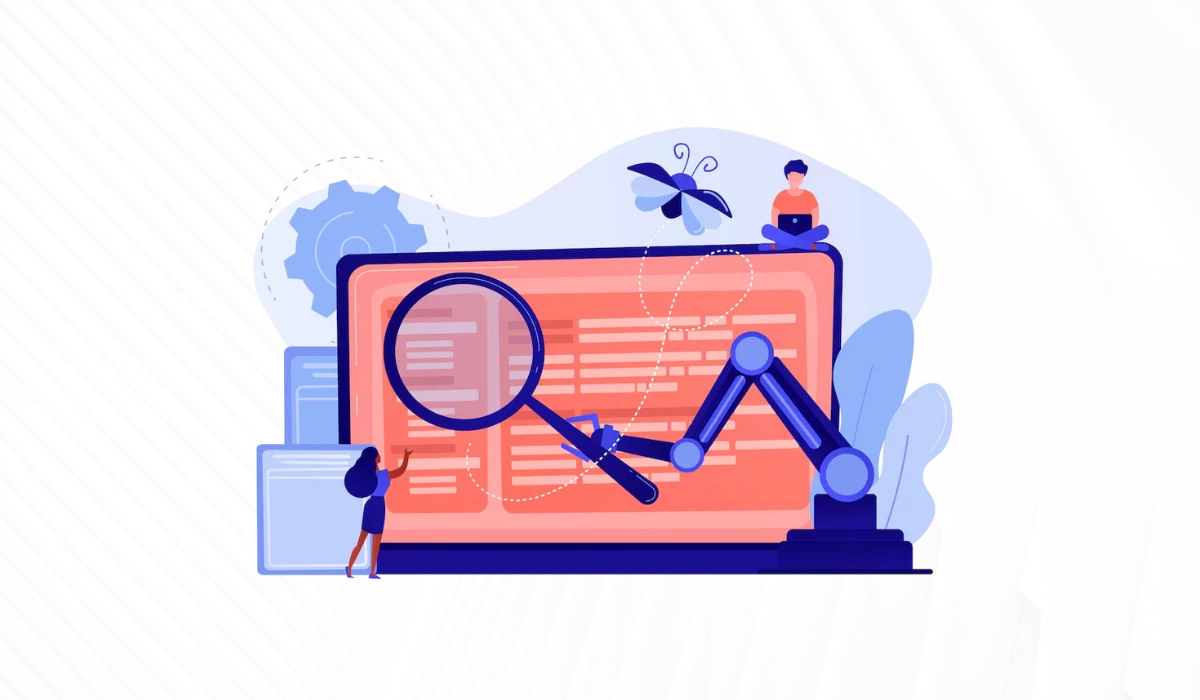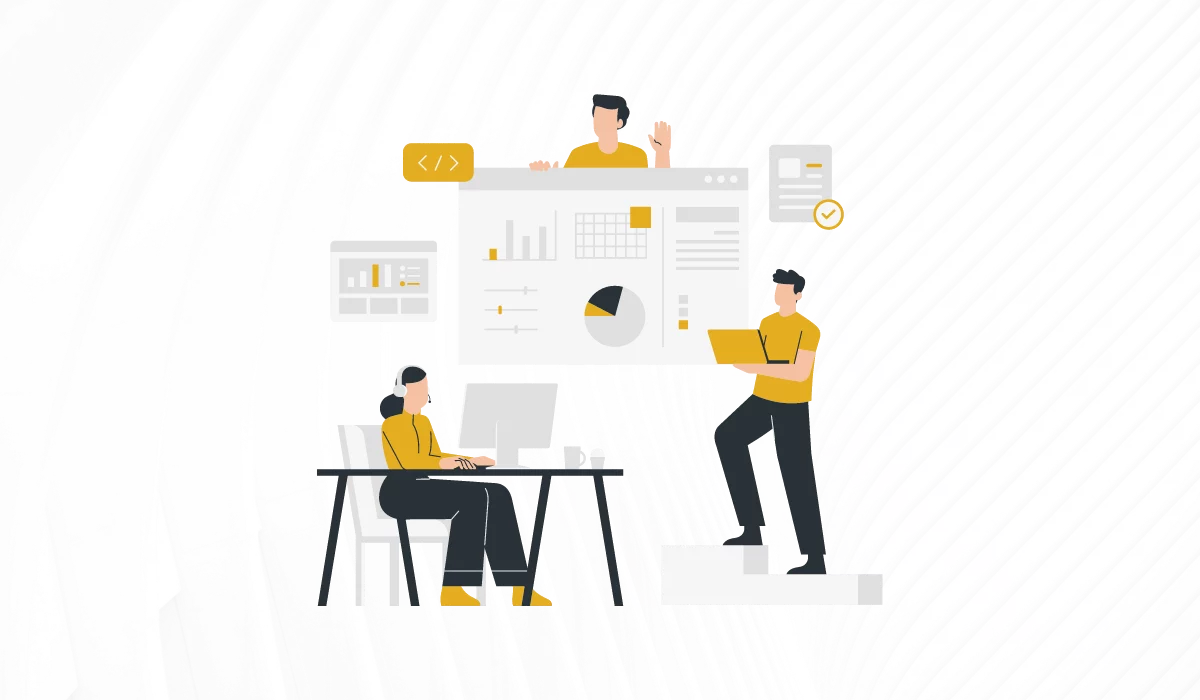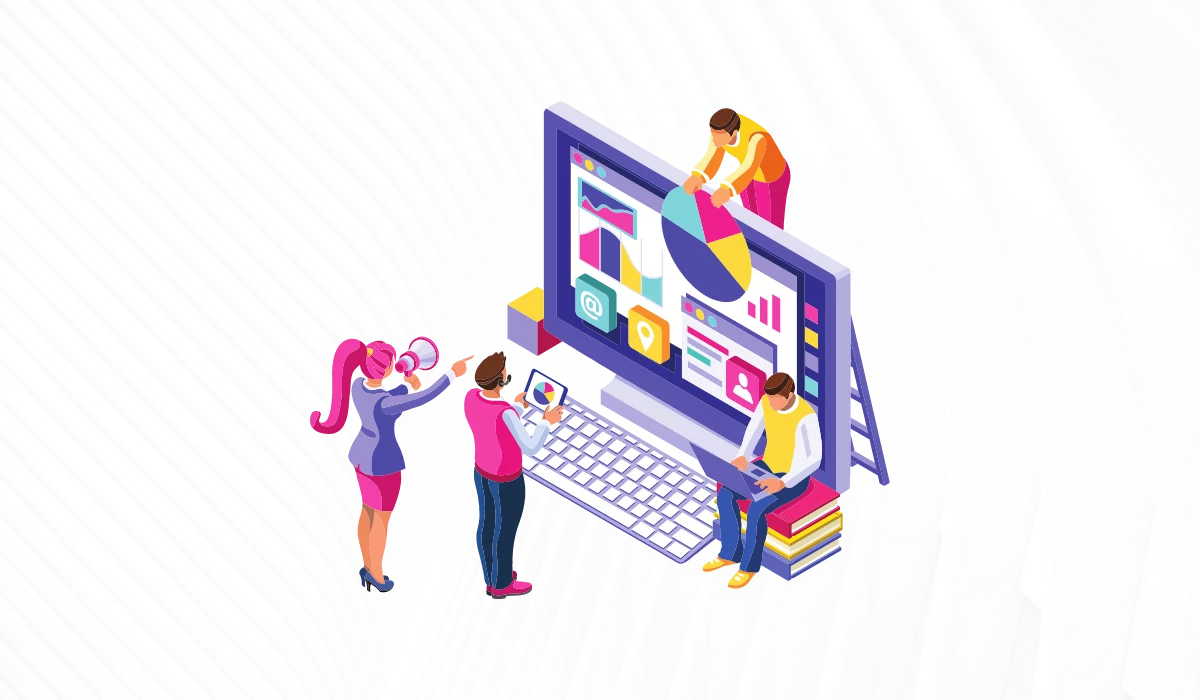Introduction:
The demand for new and innovative applications is at an all-time high. Owing to this, numerous applications are being launched by teams across the globe. However, most of them fail due to instability, non-user-friendly interface, and/or lack of usability. To counter these problems, companies turn to usability testing. In this blog, we will discuss in detail how usability testing leads can help increase user satisfaction and thus result in successful, market-ready applications.
What is usability testing?
Usability testing is the method involved in making life simpler for the clients. A group of professional testers use the application in a way that helps demonstrate the issues regarding usability. We can ensure that the application boosts the sort of emotional response that directs to satisfaction and dedication by using Usability testing.
Why do we need usability testing?
The goal of usability testing is to identify and fix usability problems before the product is released. The product might be working as expected but it may not be user friendly. That is why we use usability testing to find out if it will be easy for the audience to use it.
Usability testing is used to identify problems, uncover opportunities, and learn about the user’s experience. Usability testing helps us understand where our product might need improvement. It also helps us understand what our target users are looking for and what they expect from our product or service.
Learn more about Usability Testing Services
Usability testing is performed in seven phases:
- Plan the Test
- Recruit the participants
- Prepare the materials
- Setup environment setup
- Conduct the tests
- Analyze data
- Report results
1. Plan the Tests
The most crucial part of the usability testing process is planning. It defines the problem, purpose, and the opportunity to improve. It also describes the type of users you want to test with. These users can be the end-users, professional testers, or random users.
2. Recruit the Participants
In the recruitment phase, you find participants for your testing process. These participants represent your target audience. Often, due to budget limitations, companies recruit their own employees to be a part of the testing process.
3. Prepare the materials
The recruitment and the design part take place at the sometime User input is invaluable for the design process as it comes from the targeted end-user’s perspective. It is likely for the design team to unravel previously ignored scenarios throughout this phase. The user insights during the design cycle can move and feature the perceived dissimilarities in usability between the user and the design team.
4. Environment Setup
In this phase, the test team configures a setup between software and hardware to execute the test cases. A test organization is designed as per the need of the application under test.
5. Conduct the Tests
It is time to run the usability test that has been determined in the planning phase. This phase is usually the most fun part of the entire process. The usability test should be free from problems like poor connection, recording issues, etc. Setting up a dry run prior to the actual test is an effective way to take care of such problems.
6. Analyzing data
The feedback received from usability testing is analyzed in the data analysis phase. The execution results are classified, and patterns are identified. Most importantly, data is analyzed based on patterns and graphs, so that the application can be improved.
7. Report results
Reporting is always a crucial part of the software testing lifecycle. It represents the findings of the tests in an organized manner. The testing team uses the report to draw conclusions, create way-forward plans, and prioritize their tasks. The report is shared with all the stakeholders including the clients, designers, developers, and product owners.
Enhance User Experience with Usability Testing
Conclusion:
Selecting the right testing method for an application is difficult. A testing team can choose from many forms of usability testing methods. The testing team needs to carefully choose the method best suited for their application. Luckily, software quality assurance specialists like AlphaBOLD have helped companies untangle this messy web and create market-ready, efficient applications.
At AlphaBOLD, we can process your application through a comprehensive and objective assessment to guarantee its usability against the market execution standards, client inclination, and applicability. Contact us today!


